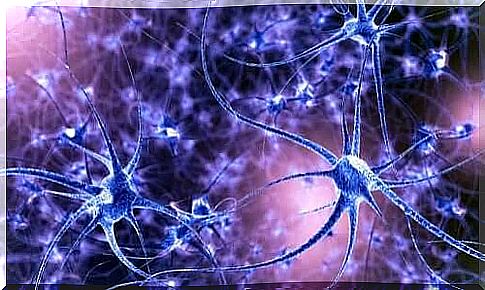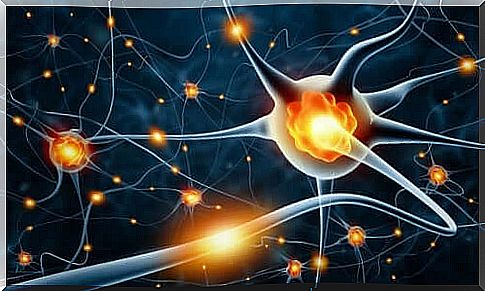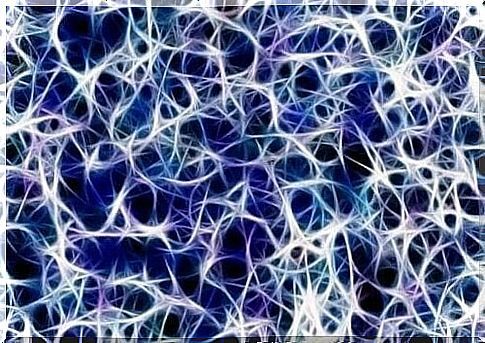Brain Plasticity: Characteristics And Types

The term “brain plasticity”, also known as neuroplasticity, is related to the nervous system’s ability to change both functionally and structurally. This happens naturally as time goes on, but also in response to injuries.
Literally, plasticity is the ability of a physical object to be physically manipulated. If you think about it in the context of the brain, it means that the nervous system has the ability to respond to internal and external stimuli by organizing the structure, connections and functions.
Plasticity is a central part of the brain’s neural development and ensures that the nervous system functions properly. It also responds to your changing environment, aging and any diseases. It is there to help neurons form new properties, but also to ensure that you always have enough neural connections.
Our brains are “plastic” structures. Several scientific studies have shown this. We also know that the plasticity of the brain occurs in several nervous systems. There is plasticity in the nerve tissue, neurons, glial cells, synapses, etc.

Brain plasticity: How do neural networks work?
Brain plasticity occurs largely in response to physiological needs, changes in neural activity or nerve damage.
Plasticity also plays a role in the formation of neural networks as you grow up, learn new motor skills or other things you will use throughout your life. Plasticity plays a role in many biological processes, for example:
- Neurogenesis.
- Cell migration.
- Changes in neuronal excitability.
- Neurotransmission.
- The creation of new connections.
- Modification of existing connections.
Structural and functional brain plasticity
The plasticity and efficiency of transfer between neurons depends on adaptive changes to presynaptic, extracellular or postsynaptic molecules. This means that plasticity can occur without the need to change the number, location, layout, density or total area of synapses.
An early phase of long-term potentiation and changes in electrical properties from geometric changes in dendrites are clear examples of this type of plasticity. As for the changes in the connection to circuits that involve the formation, elimination or expansion of synapses.
Brain plasticity: Hebbian and homeostatic
The efficiency of the plasticity and the transfer of structural plasticity can also be classified as Hebbian and homeostatic plastic in the brain, respectively.
With Hebbian plasticity, there is a change in the strength of a synapse. This can mean either an increase or a decrease, and it can happen seconds or minutes after a stimulus.
Prolonged early phase potentiation is a typical example of Hebbian plasticity. It starts when a stimulus activates corresponding pre- and post-synaptic impulses, which will increase synaptic efficiency. This promise will also help increase potency. In other words, Hebbian plasticity creates a positive feedback loop.
Homeostatic processes, on the other hand, are much slower. They can take hours or days. They can also change the density of ion channels, the release of a neurotransmitter or the sensitivity of a postsynaptic receptor.
In contrast to Hebbian plasticity , homeostatic plasticity creates a negative feedback loop. The homeostatic form reduces the connection in response to high levels of neural activity. It then restarts the connection when the activity has died.

Hebbian and homeostatic: Two different roles
Some people have suggested that Hebbian and homeostatic plasticity have different roles when it comes to neural network functions. Hebbian plasticity plays a role in the changes that take place throughout our lives, our ability to store memories and the durability of memory.
Homeostatic plasticity has to do with the self-organization of the neural network. This is done to keep the network stable. This type of plasticity also uses synaptic and extrasynaptic mechanisms such as regulation of neuronal excitability, synapse formation, synaptic force stabilization and dendritic branching.
You can see that plasticity happens when a nervous system develops. It is a key attribute that allows your brain to change its own structure and functions in response to changes in neural activity. It also helps you gain new abilities, as a basis for learning, remembering or learning something after an injury.
Finally , it is a process that allows your brain to stay flexible. Being flexible means being able to adapt to the environment better, and therefore survive.









